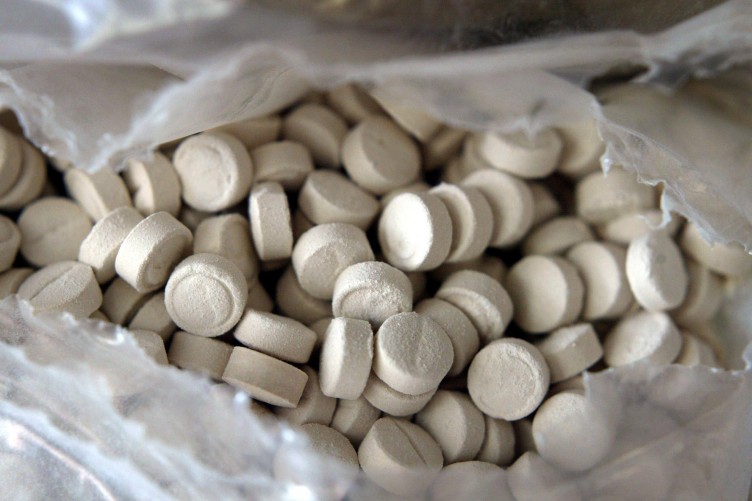Molly rehab is a challenging but highly rewarding journey. Molly, also known as MDMA, is a synthetic drug that has become increasingly popular in recent years, especially in party and club scenes. The US Drug Enforcement Administration (DEA) classifies this drug under Schedule I. This means it has a high tendency to be abused, and it has no approved medical applications. In other words, MDMA is an illegal substance.
In this guide, we’ll dive into what Molly is, its effects on the brain, why it becomes addictive, the signs of addiction, and how rehab can help curb addictions.
What is Molly?
Molly is short for “molecule,” and is a form of MDMA that is typically sold as capsules or tablets. MDMA is an artificial drug that has the ability to change your perceptions and mood. It affects the levels of certain chemicals in the brain, including serotonin, dopamine, and norepinephrine.
In its pure form, MDMA is a white powder, but it is often mixed with other substances to create Molly. The drug is often used in clubs and parties to make users feel good. Also, the drug is often taken with alcohol or other substances.

What is Molly used for?
Molly was originally used in the 1970s as a psychotherapy aid. It helped patients open up and communicate with their therapists. It was also used in couples therapy to help couples better understand each other.
Today, however, Molly is used mainly for recreational purposes. Users take it to enhance social experiences and promote feelings of euphoria, empathy, and energy.
What are the effects of Molly on the brain?
Molly works by increasing the levels of serotonin, dopamine, and norepinephrine in the brain. The combination of these molecules create a rush of pleasure and a feeling of emotional openness. It also causes the release of oxytocin, which is known as the “love hormone.” Oxytocin promotes social bonding and trust, making users more friendly towards each other. It may even enhance feelings of physical attraction. In turn, those who take MDMA may be more likely to engage in unsafe sex.
The effects of the drug can persist for several hours. At this time, users may experience increased energy, feelings of euphoria and emotional closeness, and heightened sensory perception.
Why does Molly become addictive?
The drug can be addictive because of the intense feelings of pleasure and emotional openness that it creates. The drug can also make users dependent on it as they seek to recreate those feelings again and again. The more they use it, the more they will crave the euphoric effects.
In addition, Molly can cause changes in the brain’s reward system, which can make it difficult for users to stop using the drug even when they want to quit. Over time, Molly can lead to increased tolerance, meaning that users need higher doses to achieve the same effects. It can also cause users to be dependent. In other words, users will no longer feel normal if they don’t take the drug.
What are the signs of addiction to Molly?
If you or someone you know is struggling with Molly addiction, there are some signs to look out for. These include:
- Increased use of the drug
- Inability to control or stop using the drug
- Spending large amounts of time and money obtaining and using the drug
- Neglecting responsibilities and relationships in favor of using the drug
- Withdrawal symptoms when trying to stop using the drug, such as depression, anxiety, and irritability
- Continued use of the drug despite negative consequences, such as problems at work, school, or getting into trouble with the law
How does Molly rehab help if I have an addiction to this drug?
Drug rehab helps you overcome your addiction by giving you the skills you need. After rehab, you can transition back to a sober lifestyle.
Rehab typically begins with a detoxification process. The aim is to safely remove the drug from your body and manage any withdrawal symptoms. This process can be challenging and uncomfortable, but it is an important first step in recovery. Once detox is over, you should not feel strange if you do not take the drug.
Following detox, you will take part in a number of behavioral therapies. The goal is to help you recognize and deal with the root causes of your addiction. This may include individual and group therapy, cognitive-behavioral therapy, and holistic therapies such as yoga, meditation, and mindfulness techniques.
Part of rehab can be joining 12-step programs, such as Narcotics Anonymous. This group connects you with others who have experienced similar struggles. Building a supportive network of peers helps a lot in your recovery.
Throughout the rehab process, you will work closely with a team of trained professionals. These include therapists, counselors, and medical staff, and they will provide guidance, support, and encouragement. Rehab programs may vary in length and intensity depending on the individual’s needs and goals, but typically last several weeks to several months.
If your case of addiction is mild or moderate, you may enroll in an outpatient rehab program. This means you can continue living at home and going to work or school. You will go to the rehab center only during scheduled therapy sessions. This way, you don’t have to take an extended leave from work or your studies. You can also continue being with your family as you go through therapy.
But if you have a more severe addiction, you will need to be in an inpatient rehab program. You will live inside the rehab center until you complete your rehab program. This can take up to 90 days for the most severe cases. The good thing is you can focus solely on your recovery while in the rehab center.
Once rehab is complete, you will have access to aftercare resources and support. These will help you maintain a drug-free lifestyle. Aftercare may include ongoing therapy, group meetings, and other support services. This way, your recovery can be long lasting.
